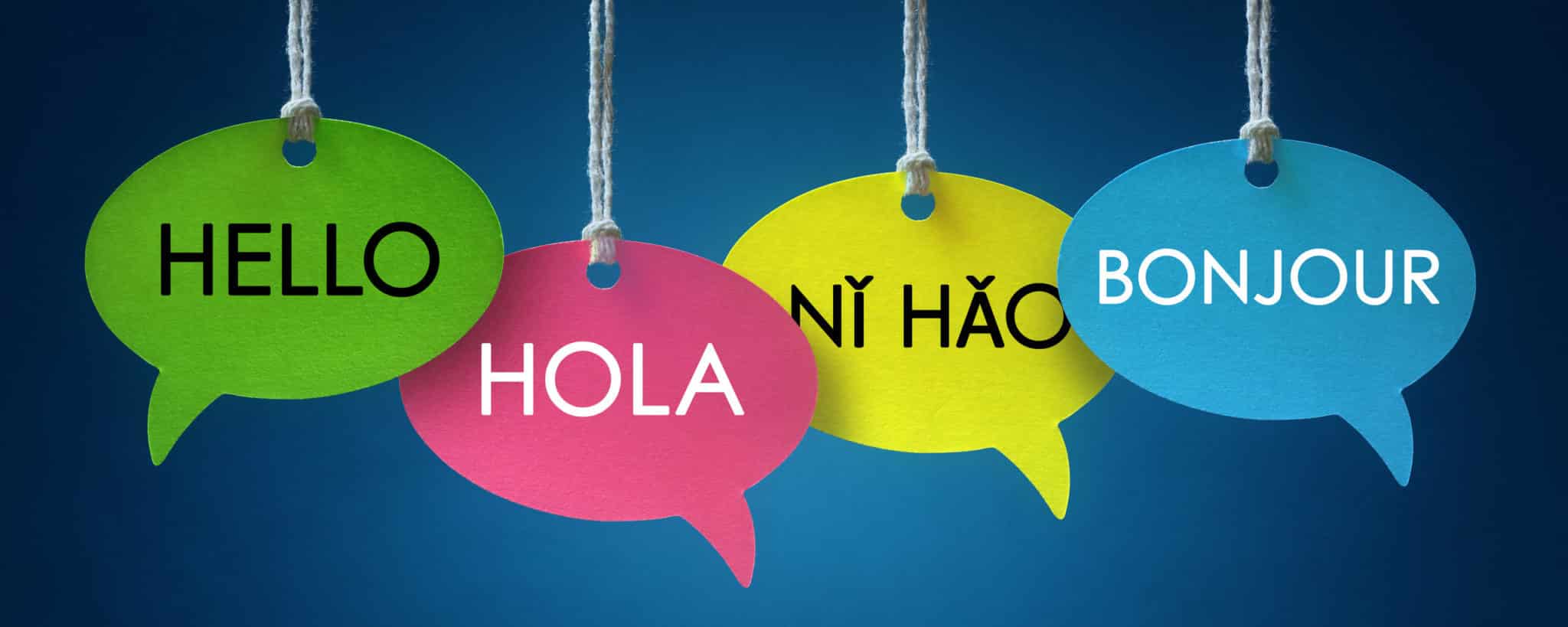
It’s a trend that news publications around the world have taken note of ─ the increased use of subtitles and closed captions. Of course, watching foreign-language films and TV shows isn’t new. Thanks to subtitling, watching a film or program presented in a different language has been possible for almost as long as movies themselves have been around. But what is new is the rise in viewers’ willingness, especially viewers in the United States, to watch films and TV shows not in their primary language.
Viewership of international programs has exploded in the US in recent years thanks to the rise in popularity of content like German TV show “Dark” and the much-discussed Korean show “Squid Game.” And while cable and streaming services have certainly changed the game in terms of just how much opportunity there is for viewers to happen across content in different languages, another driving factor appears to be increased use of closed captions and subtitles.
Popular streaming services have found captions and subtitles to be highly used, even amongst viewers who aren’t watching foreign-language titles or don’t fall into the estimated 1 in 5 viewers who are deaf or hard of hearing. Netflix’s own user surveys show that “more than 80%” of members use subtitles or closed captions at least once a month. Other studies show the use of subtitles and closed captions growing amongst younger viewers, some even insisting they enhance their viewing experience, and that the captions make jokes “seem funnier” – really! Subtitles and closed captions are now more likely to be thought of by the average viewer as just one more way that more people can find their next favorite program.
But another trend has emerged almost alongside the rise in use of captions and subtitles and the viewing of foreign-language titles. In the above-mentioned Netflix survey, many users reported using dubbing, captions, and subtitles with the express purpose of learning new languages.
Does it work? While it may not be a traditional method, there is research to support the idea that using closed captions and/or subtitles can help increase literacy skills. Utilizing closed captions and transcripts in online classrooms also has been reported as helpful for English Language Learners. It only makes sense then that in an increasingly globalized world and an increasingly global entertainment pool, viewers would look to find ways to supplement learning another language.
Of course, the learning can only be as good as the subtitles, which makes accurate, quality captions and subtitles vital for yet another reason. VITAC has been a quality provider for over 35 years and has the experience to meet the growing needs in the media and entertainment industry. Find out more about our subtitling, dubbing, and closed captioning services.




